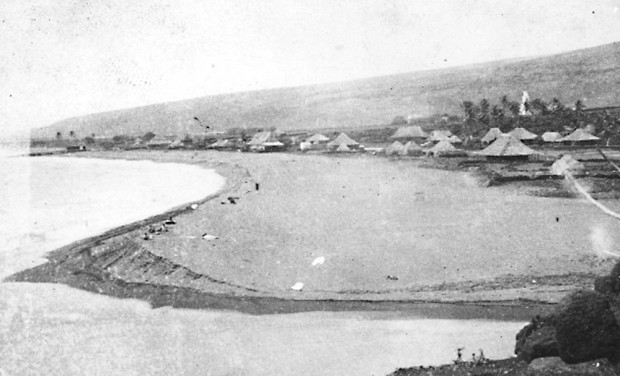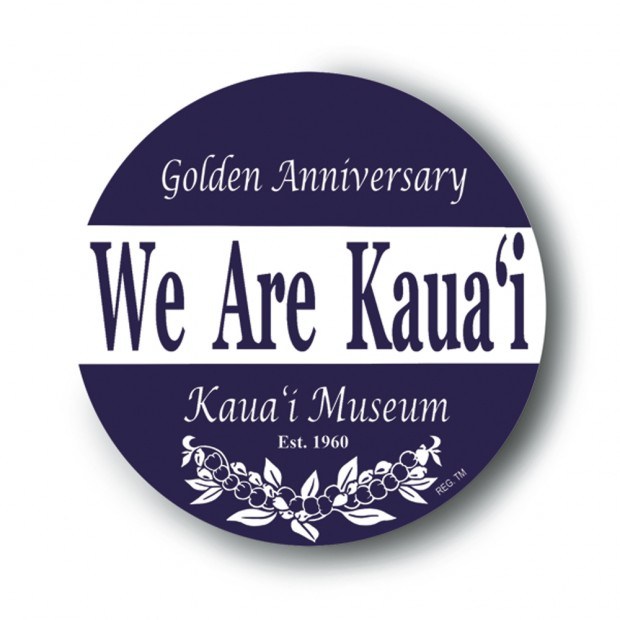LIHU‘E — Long before there were regular working photographers in the 20th Century, itinerate photographers made images of Kaua‘i. Several are in the collections of the Kaua‘i Museum. Editor’s note: On Dec. 3, the Kaua‘i Museum celebrates its 50th, or
LIHU‘E — Long before there were regular working photographers in
the 20th Century, itinerate photographers made images of Kaua‘i.
Several are in the collections of the Kaua‘i Museum.
Editor’s note: On Dec. 3, the Kaua‘i Museum celebrates its 50th, or golden, anniversary. Museum leaders have chosen 50 stories from exhibits, collections, and the archives of the museum to share with the public, one a day now through Dec. 3.
LIHU‘E — Long before there were regular working photographers in the 20th Century, itinerate photographers made images of Kaua‘i. Several are in the collections of the Kaua‘i Museum.
Riding the wave of photography as a popular method of portraiture after the civil war, photographer John Valentine (1842-1868) emigrated from Dundee, Scotland to join several members of his family in San Francisco.
Diagnosed with tuberculosis, he sought warmer climes. He came to Kaua‘i in 1865 and stayed with various families. Eighteen months later, failing in health, he returned to San Francisco and died at the age of 26. Prior to leaving Honolulu he sold his glass plate negatives to Messrs Crab and Meek. His immortality is through these images from Dora Isenberg’s collection at the Kaua‘i Museum.
This single image of Waimea Village from 1869 was made by Joseph W. King, a Honolulu photographer that set up business in 1858. He was a prolific photographer and, as many did, took many images to sell in his studio. He left the Islands in 1870 after being tried for issuing “indecent and obscene” pictures of hula dancers. This image was made into a large wall mural that hang’s in Kaua‘i Museum’s Story of Kaua‘i. The original is in the State Archives.





